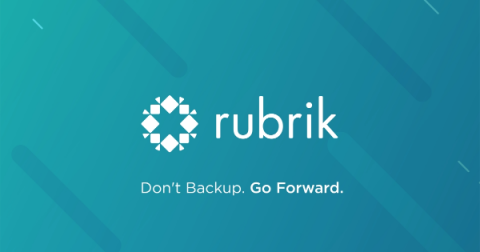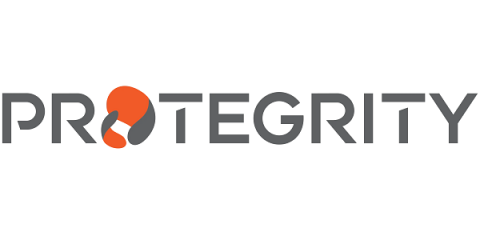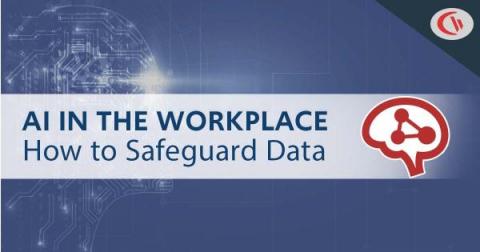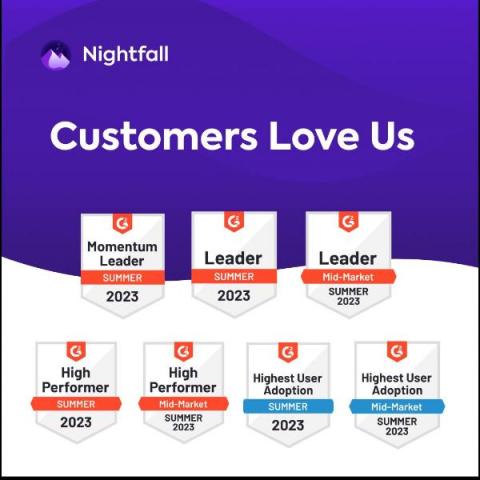Security | Threat Detection | Cyberattacks | DevSecOps | Compliance
Latest News
Data Exfiltration: Prevention, Risks & Best Practices
Enhance Security and Efficiency for your Unstructured Data with Rubrik and Dell
Unstructured data is a prime target for ransomware attacks, making it crucial for organizations to protect and manage it effectively. Currently, it is estimated that 80-90% of all data generated falls into the unstructured category, consisting of files and objects. Organizations rely on unstructured data to store sensitive information, intellectual property, and other invaluable corporate assets.
The Basics of Cloud Security Glossary
What is it: Agentless architecture refers to platforms and services that are built to run as cloud-native applications. They require no installation, patching, or other forms of long term upkeep on the part of a user. Why it matters: Agentless applications, especially agentless security applications have a lower total cost of ownership (TCO), in terms of man-hours saved in deployment, maintenance, and overhead.
How to remove PII from your Elastic data in 3 easy steps
How to Prevent Data Theft by Departing Employees: 7 Best Practices
How to Protect Your Sensitive Information: A Guide to Keeping You Safe Online
Protegrity for Snowflake: Cross-Border Data Movement Made Easy
Organizations must constantly adapt to the challenges of maintaining compliance while handling data. Nowhere is that more apparent than cross-border data protection, which allows data to be and remain protected across jurisdictions, states, counties, and countries with the right data security tools. According to the United Nations, 137 of 197 of its members have data and privacy legislation in place.
The Cybersecurity Risks of AI & How to Safeguard Sensitive Data
Experts in the cybersecurity industry are becoming increasingly concerned about artificial intelligence attacks. A 2020 report from Forrester Consulting found that 88% of decision-makers in the security industry believed offensive AI was on the horizon, and almost two-thirds of them expected AI to lead new attacks.
Nightfall Named As A Leader in Data Security by G2 - Summer '23
We're excited to share that Nightfall has been named as a Leader in Data Security in G2's Summer '23 rankings. Huge thank you to our customers and supporters who made this possible, and to our dedicated team who works so hard to keep their cloud data safe. This year has been busy, with the release of our Zendesk Integration, which provides market-leading AI-powered DLP to the most widely used customer support platform.











